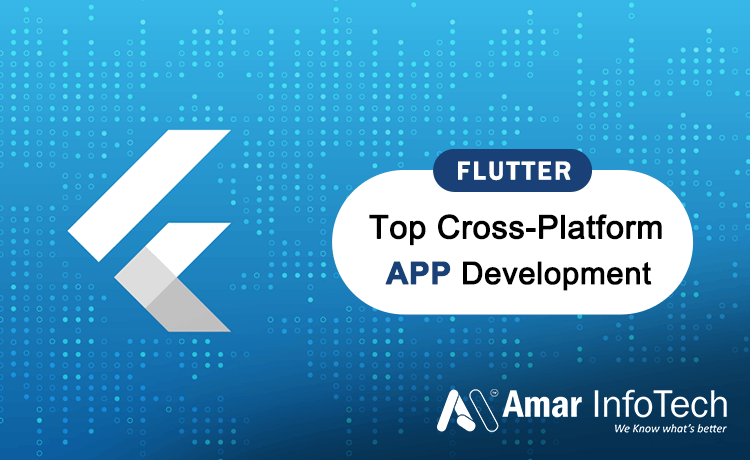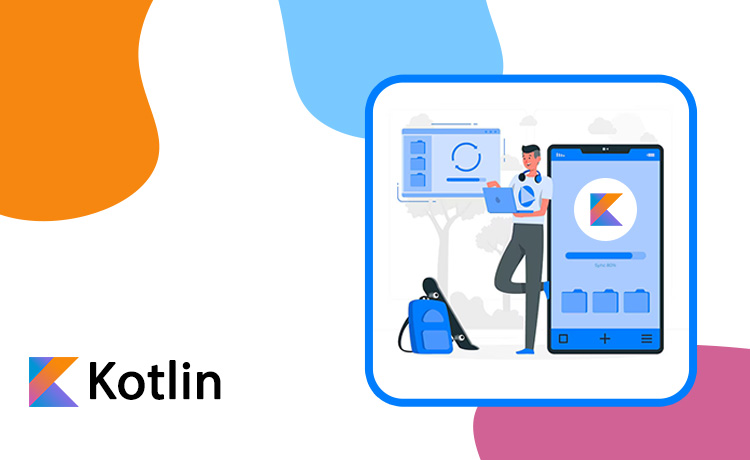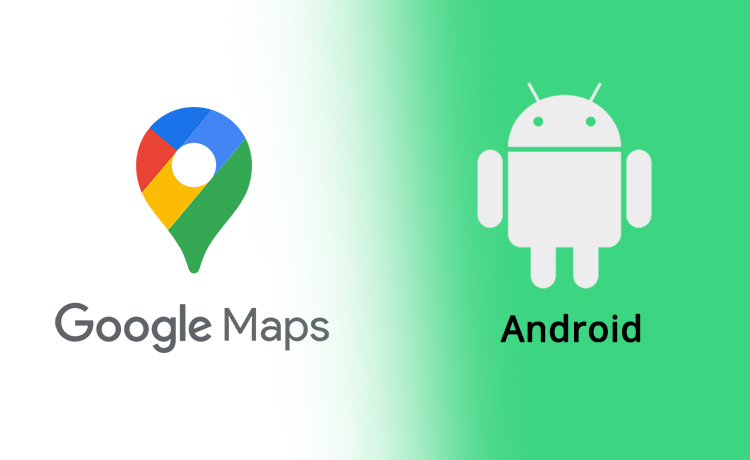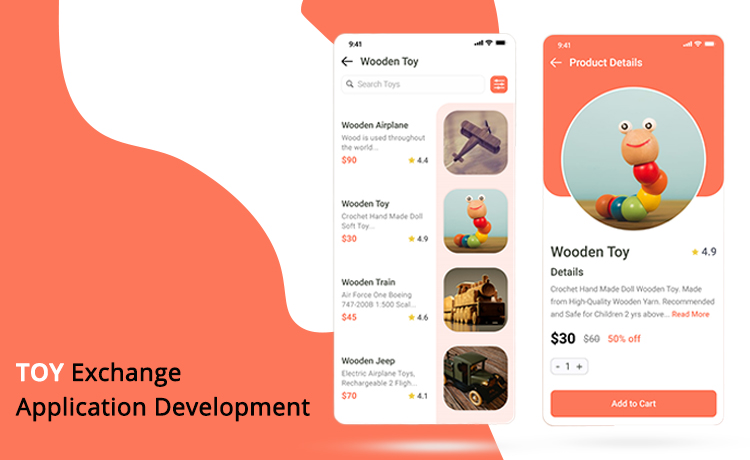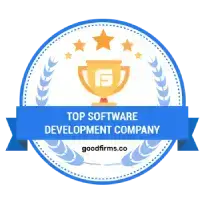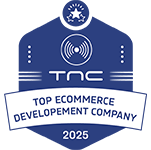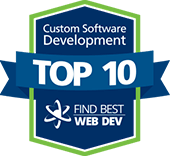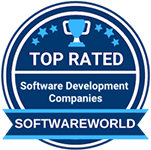Exploring the Bright Future of Flutter Development
Amar Infotech is excited to share insights into the promising future of Flutter. Google's ongoing commitment to investing in this framework ensures continuous enhancements, making it an enticing prospect for developers. In our detailed exploration of the future of Flutter development, we delve into the evolving landscape that awaits those who specialize in this dynamic framework.
Anticipated Flutter Trends in Mobile App Development for 2024
Looking ahead to 2024, several key trends are set to define the Flutter development landscape:
- AI-powered Flutter Apps
- Flutter Web and Desktop Development
- Implementation of Null Safety
- Development of Wearable Flutter Apps
- Integration with Internet of Things (IoT)
- Rise of Instant Apps
Tools Leveraged by Flutter Developers
Flutter developers harness a variety of software tools to enhance their development process. From React JS, Node JS, and Python to MongoDB, IOS, Laravel, and more, these tools empower developers to craft innovative and feature-rich applications.
Why Flutter Emerges as the Future of Mobile App Development
- Open Collaboration with Flutter's Open-Source Toolkit
- Versatile Cross-Platform Solution
- Swift Development Cycle
- Powerful Dart Programming
- Revolutionary MVP Development with FlutterFlow
- Efficient Single Codebase Approach
- Streamlined Testing Processes
- Responsive Time to Market
Flutter's open-source framework fosters collaboration, transparency, and a thriving community, creating a dynamic and continually evolving environment.
Flutter's capability to seamlessly extend across various platforms, including Android, iOS, Google Fuchsia, Web, Linux, macOS, and Windows, positions it as a versatile and all-encompassing solution.
With features like Hot Reload, Flutter accelerates the development cycle, enabling quick iterations, reducing development time, and enhancing overall efficiency for developers.
Built on the robust Dart programming language, Flutter provides developers with an expressive, modern language equipped with features that distinguish it from others.
FlutterFlow, a groundbreaking no-code platform, empowers businesses and developers to rapidly create fully functional MVPs, leveraging the inherent speed, security, and ease of Flutter.
Flutter's single codebase approach reduces complexity and maintenance efforts, enabling developers to create applications for multiple platforms without the need for separate codebases.
A unified codebase streamlines testing processes, significantly reducing overall testing time and ensuring a more efficient development lifecycle.
Flutter's responsiveness contributes to a quicker time-to-market, a critical factor in the competitive landscape of mobile app development.
Essential Features and Advantages of Flutter
Flutter boasts several key features that contribute to its appeal:
- Built upon the Dart programming language
- High performance
- Hot Reload for swift development iterations
- Customizable widgets catering to diverse design needs
Platform Support and Architecture Components
Flutter extends its support to various platforms, including Android, iOS, Google Fuchsia, Web, Linux, macOS, and Windows. The framework's architecture comprises crucial components like the Dart platform, Flutter engine, Foundation library, and design-specific widgets, ensuring a robust foundation for app development.
- Dart Platform and Flutter Applications
- Flutter Engine
- Foundation Library
- Design-Specific Widgets
- Flutter Development Tools (DevTools)
Flutter applications are crafted using the Dart language, leveraging its advanced features for development.
The core of Flutter, known as the Flutter engine, is primarily coded in C++. This engine provides essential low-level rendering support through either Google's Skia graphics library or the proprietary Impeller graphics layer. It seamlessly interfaces with platform-specific SDKs like Android and iOS to implement crucial functionalities such as accessibility, file and network I/O, native plugin support, and more.
In Dart, the Foundation library plays a key role by offering fundamental classes and functions. These components are essential in constructing Flutter applications and include APIs that facilitate communication with the Flutter engine.
The Flutter framework incorporates two sets of widgets tailored to specific design languages. Material Design widgets adhere to Google's design language of the same name, while Cupertino widgets follow Apple's iOS Human Interface Guidelines. Remarkably, Flutter allows developers to use either set of widgets on any platform, enabling, for instance, the use of Cupertino widgets on Android. Third-party packages are available to automatically adapt the app's design to the prevailing operating system.
Developers can employ various integrated development environments (IDEs) for Flutter development, including IntelliJ IDEA, Android Studio, Visual Studio Code, and Emacs. These tools streamline the development process, offering robust support for creating, testing, and debugging Flutter applications.
Flutter: Advantages & Features
- Unified Codebase for Multi-Platform Development
- Reduced Development Time
- Accelerated Time-to-Market
- Native-Like Performance
- Robust Community Support
- Custom Rendering Engine
- Hot Reload Feature
- Dart Language Integration
Developers can avoid the need for separate codebases for iOS and Android by leveraging Flutter. This framework enables the creation of a single codebase that can be utilized across various platforms, including web, desktop, and mobile, leading to faster app launches and cost savings.
Flutter application development requires lower resource demands, resulting in reduced maintenance costs. This allows for the creation of more extensive apps with unique features, enhancing the overall efficiency of the development process.
Flutter's responsiveness contributes to its swift time-to-market, a significant advantage over other development frameworks. Predicting the timely release of products for iOS or Android becomes less challenging due to Flutter's efficient development capabilities.
Utilizing the Skia graphics engine, Flutter ensures fast and optimized development, providing a native-like performance that sets it apart from other frameworks.
Flutter has gained widespread popularity globally, with over 40 percent of software developers choosing it as their preferred framework in the last three years. This robust community support enhances knowledge sharing and problem-solving within the Flutter development ecosystem.
Flutter's uniqueness lies in its packages containing sets of distinct widgets for both iOS and Android. This approach ensures that the application's appearance is tailored to the specific characteristics of each operating system.
One of Flutter's main benefits is its hot reload feature, facilitating effective cross-platform development. This feature accelerates application development by quickly applying changes without restarting the entire application.
Flutter is built on the Dart programming language, which distinguishes it from other frameworks. The features of Dart, such as null-safety at the syntax level and isolated sandboxes for computational threads, contribute to the safety and reliability of Flutter's UI code. The absence of shared or unsafe resources enhances overall security.
Why Opting for Flutter in Mobile App Development?
- While the Flutter framework remains a relatively recent addition to developers' tools for app development, it has swiftly risen to prominence, capturing the admiration of software engineers at an unprecedented pace.
- Flutter surpasses its closest competitors in terms of accessibility, offering a cost-effective solution with a user-friendly interface.
- Exploring Flutter is a worthwhile endeavor, and our team is eager to closely observe its development and advancements with great interest.
The Job Market for Flutter
From emerging startups to established tech giants, there is a growing demand for developers skilled in Flutter. This demand isn't limited to mobile app development; it also extends to web and full-stack development. Flutter developers are highly valued assets in the IT industry due to their versatility.
Introducing FlutterFlow: Transforming MVP App Creation
The latest offering from the Flutter team is set to revolutionize the software prototyping landscape for businesses. Flutterflow emerges as an innovative no-code platform, harnessing the power of Flutter's key features such as speed, security, and user-friendly design. Functioning as a versatile constructor, it empowers users to effortlessly craft visually stunning and fully operational Minimum Viable Products (MVPs). Users can seamlessly build functional applications by incorporating pre-designed widgets with the required features.
Presently, Flutterflow supports various functionalities, including:
- Chats
- Push notifications
- Animations
- Dark/light mode
Understanding Flutter: Conclusion
Flutter is an open-source UI software development kit from Google, enabling the creation of natively built mobile, web, and desktop apps using a single codebase. To gain a deeper understanding of Flutter's capabilities and applications, explore our comprehensive article on Flutter app development. As Flutter continues to capture the attention of developers worldwide, our team eagerly monitors its growth and progress. Try Flutter today, experience its accessibility, cost-effectiveness, and user-friendly interface, and witness its potential to transform the world of app development.
